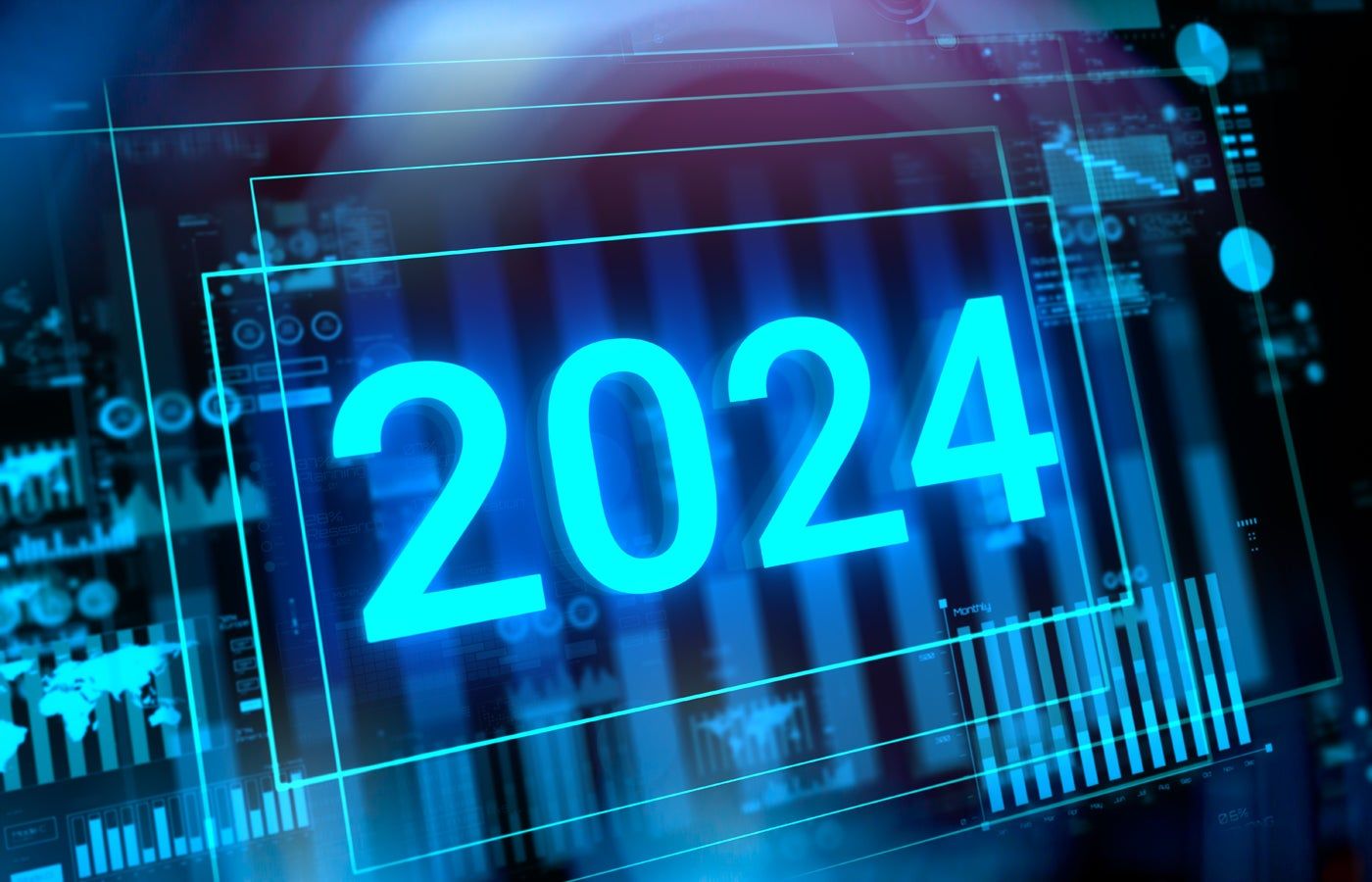Technology predictions for 2024 include a shift in generative AI from large language models to smaller, open source models. Additionally, AI will support and teach programmers new skills; iPhone users won't be in a rush to buy a new model; and the rise of satellite-based services will affect more IoT devices and smartphone users. Below are more details about these big technology trends expected in 2024, according to predictions from analysts and experts.
Generative AI: smaller, more focused and open source
Few people had heard of generative AI at the beginning of last year, but now it is inescapable.
Shift towards smaller, more cost-effective generative AI models
While current LLMs driving generative AI will remain popular, there will likely be a shift toward smaller, more cost-effective models. These models will be able to run on hardware with more limited processing capabilities, such as laptops or smartphones, according to consulting firm Capgemini. That means generative AI will become a more accessible and versatile technology, allowing organizations to develop their use cases faster, he said.
Robert Engels, head of Capgemini's Generative AI Lab, said 2024 will see a shift toward smaller models, combined with knowledge graphs to improve their accuracy.
“In fact, they can be built for specific tasks in an organization: small models that can be adjusted to achieve lower cost and higher quality,” he said in an online presentation for journalists.
These smaller models could be domain-specific tools, such as co-pilots for coding, or sector-specific tools, such as AI models for medicine or engineering.
“We will have these multi-agent systems appearing. We will see that they are more specialized, more optimized, more intelligent, faster to train and more sustainable,” he stated. These smaller models could solve more complex tasks for less cost and with greater accuracy. Open source models will also come more into play with emerging technology, she said.
SEE: Forrester Tech Leadership Predictions for 2024 on AI, HR, Budget, and Manufacturing (TechRepublic)
Gen AI's $10B Revenue Boost for Enterprise Software Companies
Another consulting firm, Deloitte, predicted that generative AI will give enterprise software companies a $10 billion revenue boost by the end of 2024, as they integrate AI into their offerings to give knowledge workers new tools. to work more efficiently and make better decisions.
AI will teach programmers new skills and support creativity
Workers are already using AI to improve their daily jobs, such as helping with basic research, generating ideas, or even creating better reports. One of the first tech jobs that AI has changed is software developer, and in 2024 that will continue.
AI will support and teach programmers new skills, according to Werner Vogels, Amazon's chief technology officer. He predicted that AI will contribute to everything from code reviews to product strategies.
“The lines between product managers, front-end and back-end engineers, DBAs, UI/UX designers, DevOps engineers and architects will blur,” he said in predictions posted on his blog. But he said AI assistants will be able to support, rather than replace, human creativity. “Without the burden of the drudgery and undifferentiated work of tasks like updating Java versions, developers can focus on the creative work that drives innovation,” she wrote.
The average life of an iPhone will be eight years
Smartphones are now a mature and long-standing technology, and a consequence of this is that, in many cases, older phones are almost as good as new ones. Since there is less incentive to upgrade our phones, we hold on to mobile devices longer and are also more willing to buy used phones.
Analyst CCS Insight predicted that more than half of the 1.3 billion iPhones currently in use are second-hand devices (in contrast, used Android smartphones make up less than 25% of the Android installed base); and starting in 2024, the average life of an iPhone will be eight years. The analyst firm predicted that Apple could take more direct control of the secondary market in Europe and the United States, perhaps by introducing a rating system for used phones.
Looking ahead: sustainability and compensation
While we'll keep our phones longer to save money, environmental concerns will also be a factor, even at a corporate level. The energy use impact of AI, cryptocurrencies, the Internet of Things, and more is starting to worry executives: Tech analyst Gartner predicts that by 2027, 25% of CIOs will see their personal compensation tied to the impact of its sustainable technology.
More satellite constellations will affect IoT devices and smartphone users
Patrice Duboe, chief innovation officer for Aerospace and Defense at Capgemini, said during an online presentation that private companies have been revolutionizing the space industry and focusing on operating in cheaper low-Earth orbit to offer new opportunities for all types of emerging technologies.
This will be a “special year for space,” Duboe said, because some of these new constellations will come online after reaching a minimum number of satellites in orbit. This will lead to an increase in the number of Internet of Things devices using satellite bandwidth to connect, away from the metropolitan centers where much of the traditional bandwidth is located.
SEE: Is Australia's deep tech future in space? (Technological Republic)
Smartphone users will also see benefits from the growth of satellite constellations. Basic emergency and text messaging services have already begun to operate; But with 200 million smartphones capable of connecting to satellite services expected to be sold in 2024, a wave of services is expected to arrive as major players such as Apple, Qualcomm, MediaTek and Samsung work with satellite providers. .
GP Bullhound noted that the number of satellites orbiting the Earth will increase from 8,000 to more than 100,000 in the next 10 years.












